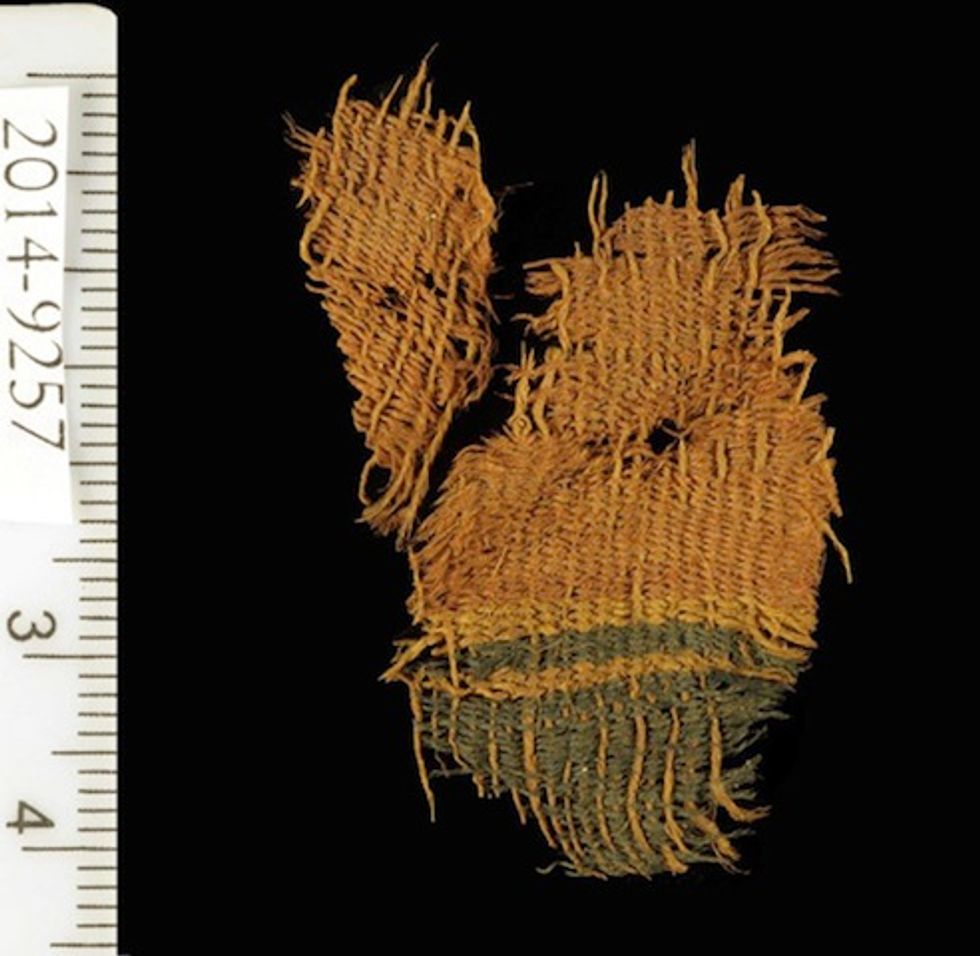
This ancient fine wool textile incorporated red and blue colors. (Clara Amit/Israel Antiquities Authority)

Archaeologists have found an extensive collection of 3,000-year-old fabrics of various colors and designs inside the Timna copper mines in Israel’s southern Negev Desert, a discovery that offers a glimpse into the fashion during the biblical period, specifically the eras of Kings David and Solomon, Tel Aviv University announced Wednesday.
The team also found thousands of seeds of the Holy Land’s “seven species” described in the Bible.
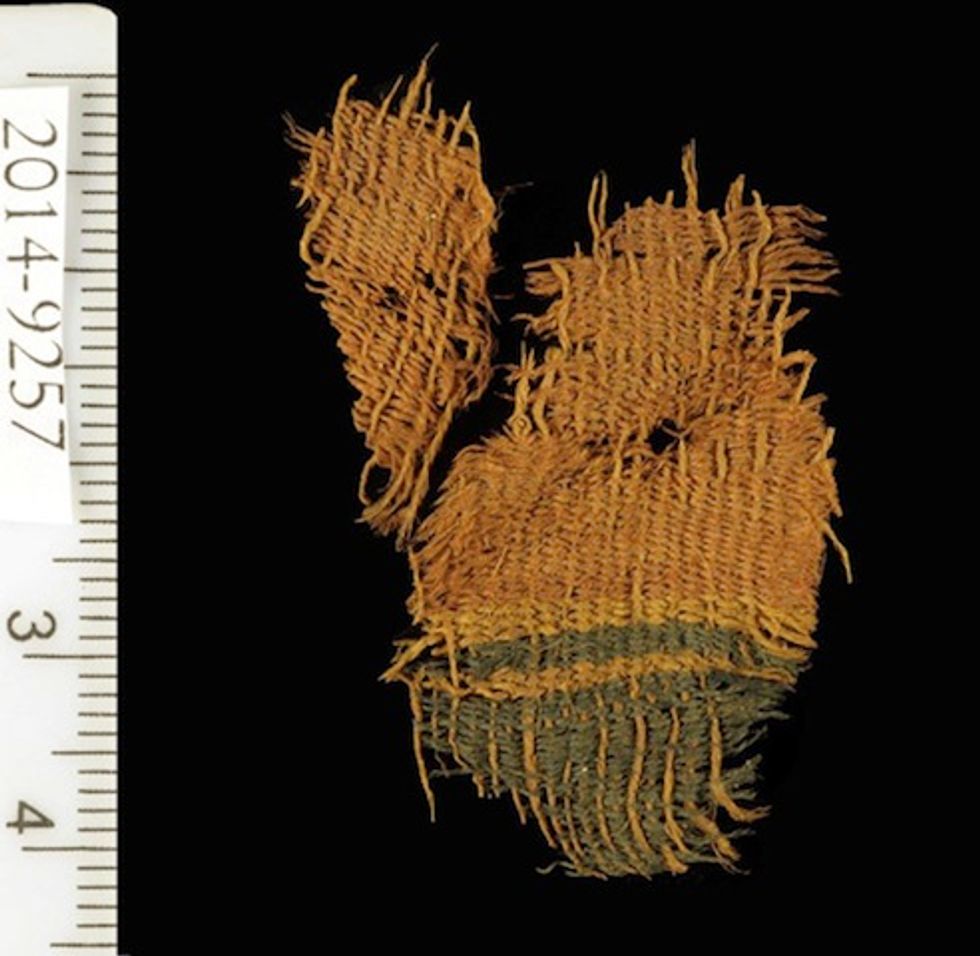
The arid conditions in the mines – which some believe were active during King Solomon’s reign -- allowed for the “remarkable preservation” of the textiles and organic materials, the university said in press release announcing the discovery.
"No textiles have ever been found at excavation sites like Jerusalem, Megiddo and Hazor, so this provides a unique window into an entire aspect of life from which we've never had physical evidence before," excavation director Erez Ben-Yosef said. "We found fragments of textiles that originated from bags, clothing, tents, ropes and cords.”
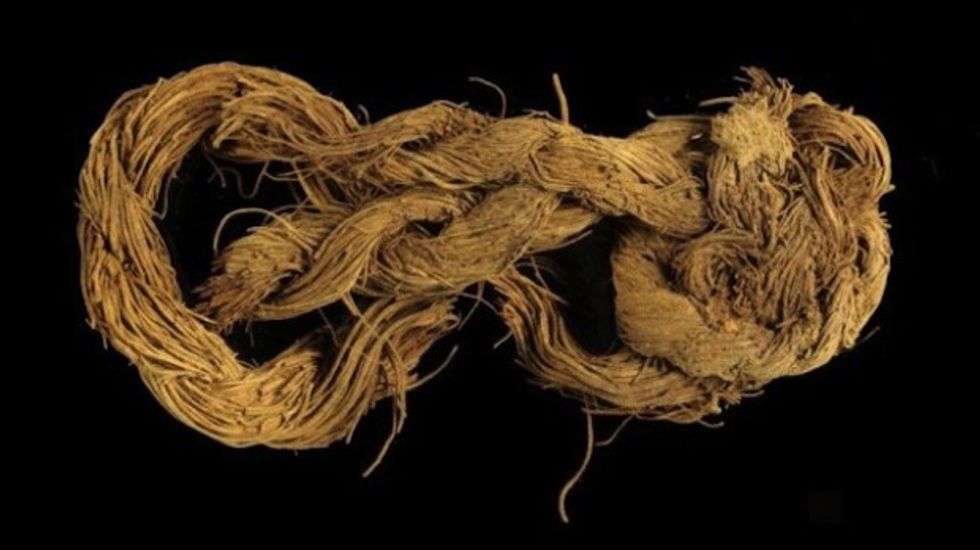
Researchers believe the textiles shed light on the early Edomites, a semi-nomadic people believed to have worked the Timna mines.
"The wide variety of fabrics also provides new and important information about the Edomites, who, according to the Bible, warred with the Kingdom of Israel,” Ben-Yosef said. “We found simply woven, elaborately decorated fabrics worn by the upper echelon of their stratified society.”
“Luxury grade fabric adorned the highly skilled, highly respected craftsmen managing the copper furnaces. They were responsible for smelting the copper, which was a very complicated process," Ben-Yosef explained.
Among the tiny fabric fragments found were some measuring only about 2 inches square. They included a variety of colors, weaves and ornamentations.
"Some of these fabrics resemble textiles only known from the Roman era," said Israel Antiquities Authority senior researcher Orit Shamir who led the study of the fabrics.
The same team discovered thousands of seeds classified as part of the “seven species” indigenous to the land of Israel as described in the Bible in Deuteronomy 8:8. Those are wheat, barley, grapes, figs, pomegranates, olives and dates.
The researchers conducted radiocarbon dating to examine the age of the fruit and grain seeds.
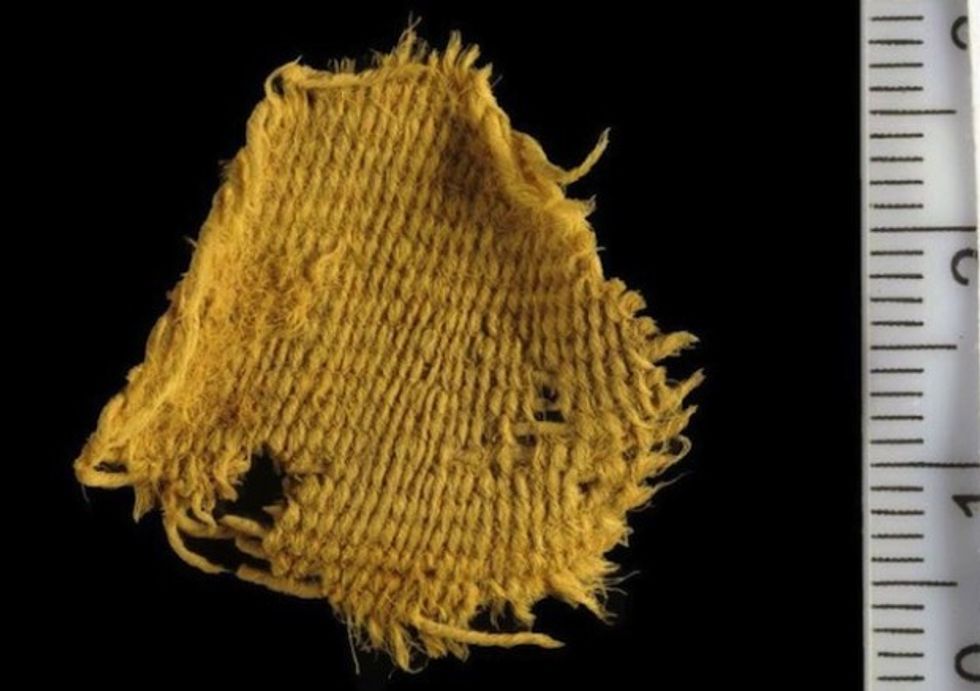
"This is the first time seeds from this period have been found uncharred and in such large quantities," Ben-Yosef said. "With the advancement of modern science, we now enjoy research options that were unthinkable a few decades ago. We can reconstruct wine typical of King David's era, for example, and understand the cultivation and domestication processes that have been preserved in the DNA of the seed."
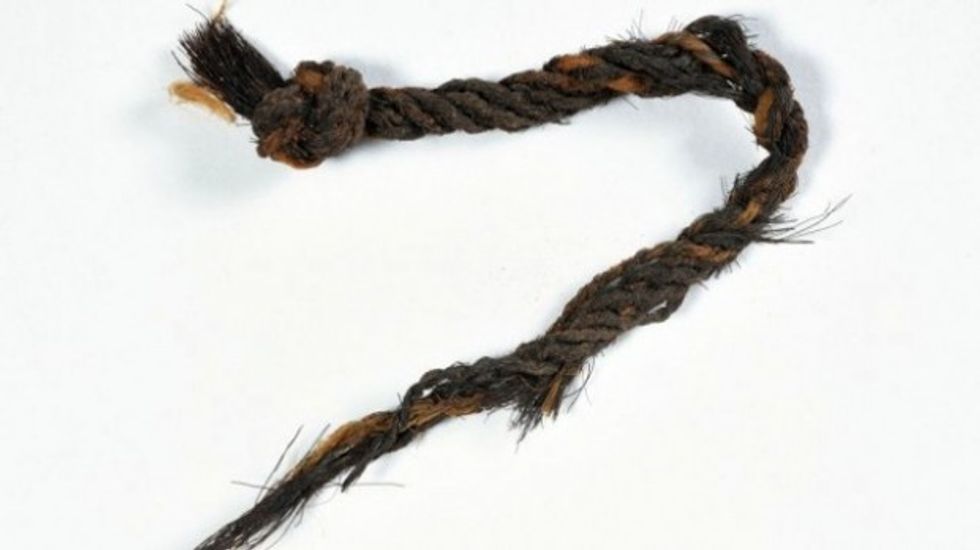
Ben-Yosef explained how those who controlled the copper held enormous power, akin to oil today, as copper was used to produce tools and weapons.
"The possession of copper was a source of great power, much as oil is today," Ben-Yosef said. "If a person had the exceptional knowledge to 'create copper,' he was considered well-versed in an extremely sophisticated technology. He would have been considered magical or supernatural, and his social status would have reflected this."
Food, water and clothing were imported from afar and transported through the difficult desert landscape to support the workers in the mining industry, the researchers said.